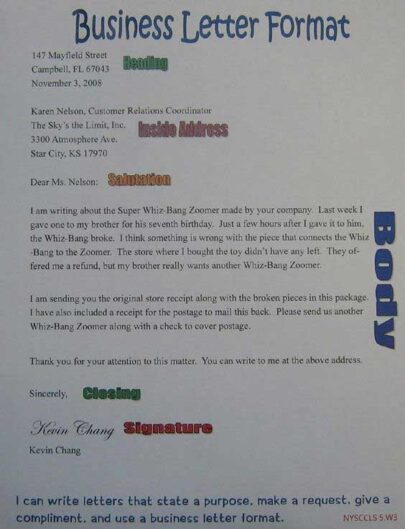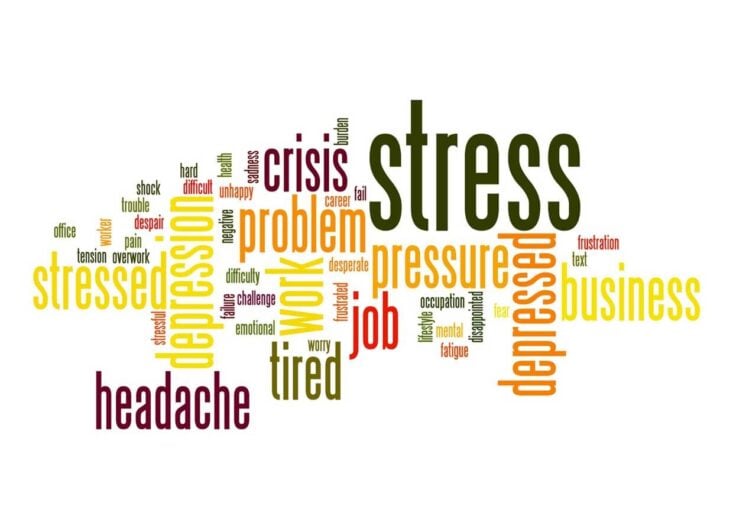E-mailing is a rapid and effective way to communicate both for private and business reasons. Writing an electronic letter looks very much like compiling the paper ones, – the same-format salutations, template phrases to cover the letter, cliches for explaining and requesting. At first glance, what could be difficult here? Nothing, if you’re well taught.
In fact, when you start dealing with the real letters at work or in your own entrepreneurship, you realize how important it is to make emails flawless, and how much work and practice it takes to learn to write them flawlessly. This is why you see this article – to help you out with this uneasy, but significant part of work.
The Peculiarities of Business Letters: What You Should Know About Writing
In a world of instant photos, instant coffee, instant meals, instant shampoos, and Instagram, everything hints that messages are also something made instantly. While to the informal emailing most of us are totally used to, it leaves doubts that we are good enough at formal writing.
Today, you may be starting a job, or graduating from college and never think about business communication. But, trust us, as soon as you are engaged in some kind of commercial work, you’ll run to your smartphone, saying ‘Okay, Google, how to write a formal letter’. To prevent failure and prepare yourself for the future, it’s necessary to know how exactly the business letter should be written. But are the characteristics of the formal style? A team of academic experts from a professional business letter writing service shared the information below:
- The clarity of goal. As you pen a letter, it obviously has a subject you dwell upon. Keep all the facts, numbers and information objective, convey your ideas transparently, avoid ambiguity.
- Politeness. Greeting each other in letters, expressing gratitude, asking for data or demanding compensations, – all of this MUST be put into the right words. With this, you show that you’re well-bred. Even if the other side is wrong.
- Conversational style. As the target audience reads your email, it should feel like face-to-face communication. Be interactive, use questions in your favor, even if it’s a formal letter.
- Coherence. It goes without saying, that the formal piece of correspondence should be logically connected. Use linking devices, place pronouns instead of nouns to avoid tautology. The text without logic loses its value.
- Mind ethical and cultural issues. Let’s be honest, all of us have been there – putting away several variants of greetings, writing to people of a different nationality, or, what is worse, having trouble writing a German surname. Remind yourself, that as you write to a person, you’re being the face your company, university or wherever you’re at.
- Be persuading. Don’t just ‘pour water’ – if you really need to prove the other side should compensate something or should believe you, add facts! The more ground to stand on you have – the more chances to win the deal.
Up-to-the-Minute Guides to Work on a Business Letter
- Use formal phrases. For instance, instead of ‘I am writing to you about…’ use ‘I am writing in connection with…’ Avoid colloquial words, jargon, slang and contractions. Name organizations, not people, like ‘Jack told me about your shop’. In the formal variant, it should sound like ‘Your shop was recommended by (source)’.
- Be specific and choose the right words. Words matter, because in the business communication precision is everything. Whenever you need to inform somebody, ask for a favor or write a complaint, take into account connotations, style, emotive coloring. It’s funny, but often quite awkward mishaps happen on this ground, like saying ‘dude’ instead of ‘Sir’. However, even if words have a major role in shaping the message you want to carry, it shouldn’t be taken as a chance to boast of your C1 vocabulary. When overloaded with high-sounding words, your letter will be nothing but a flop. Don’t flaunt your knowledge when it’s unnecessary.
- Add contact information. Usually, business letters include a sender’s name, address (or electronic address), city, telephone, etc at the top right or left of the page. If it’s an e-mail, write at first greetings, move on to the topic, and fill in the letter with contacts.
- Don’t make the email too long. If you manage to describe some reasons you are writing and the problem you hope to solve in 5-6 sentences, it’s okay. Don’t try to sound ‘cleverer’ than you are. Be yourself, add a positive attitude, and speak the truth. By the way, short and bright pieces of writing or speeches are memorized better than long ones.
In general, a formal letter should look approximately like this. With the heading, contact info, greetings, main body, closing and signature, this layout is something like the classical version of a business letter.

Though, letters can be different in content – an apology letter, a complaint letter, a recommendation letter, an inquiry or request letter. Your focus should be on the audience you write to, depending on the purpose. While there is no exact formula, applicable to any type of letter, the principles described above are the absolute essentials. The final word we want to give you about business writing is practice. The more you deal with formal correspondence, the more automatic it will become to write those emails. Just be persistent, attentive, check yourself and be successful.















